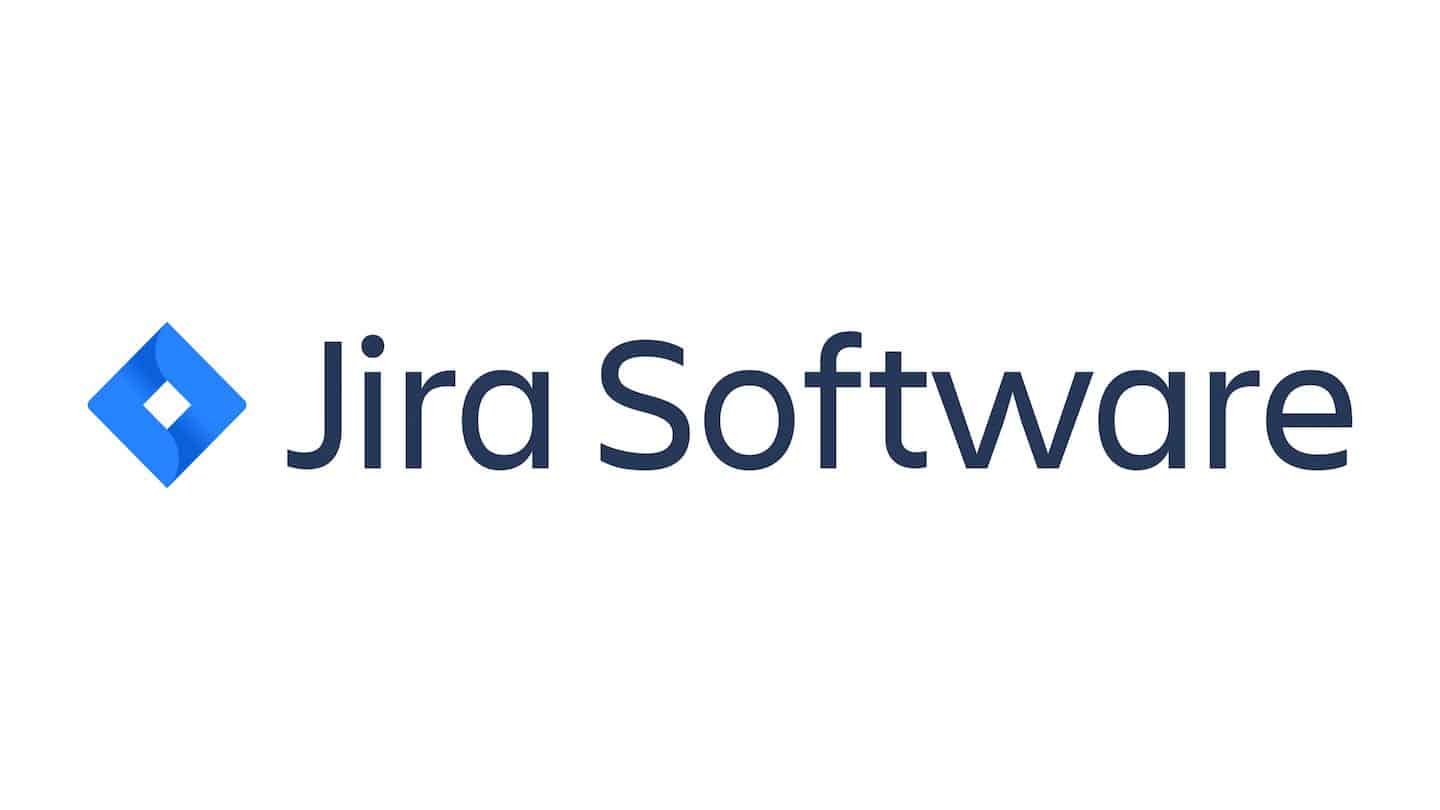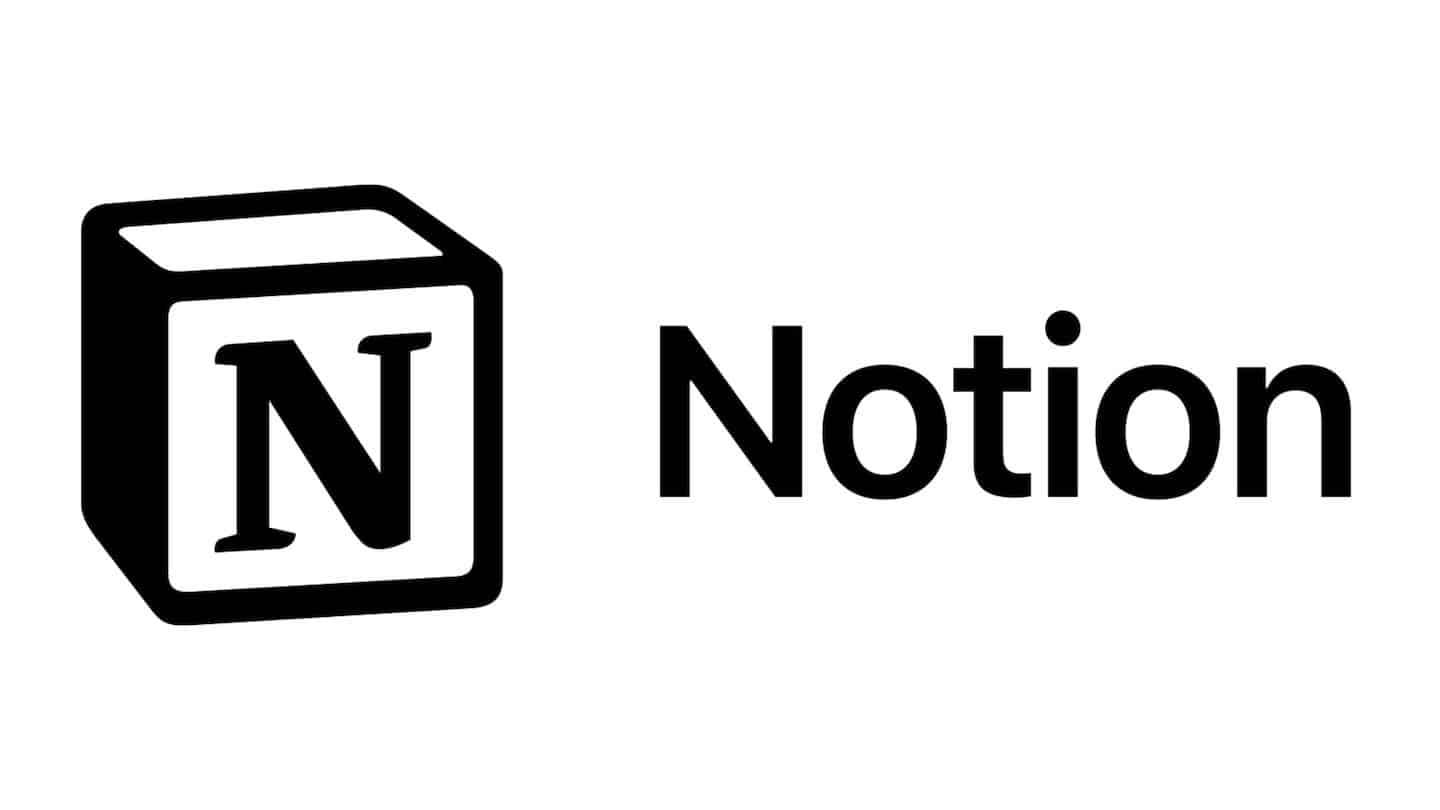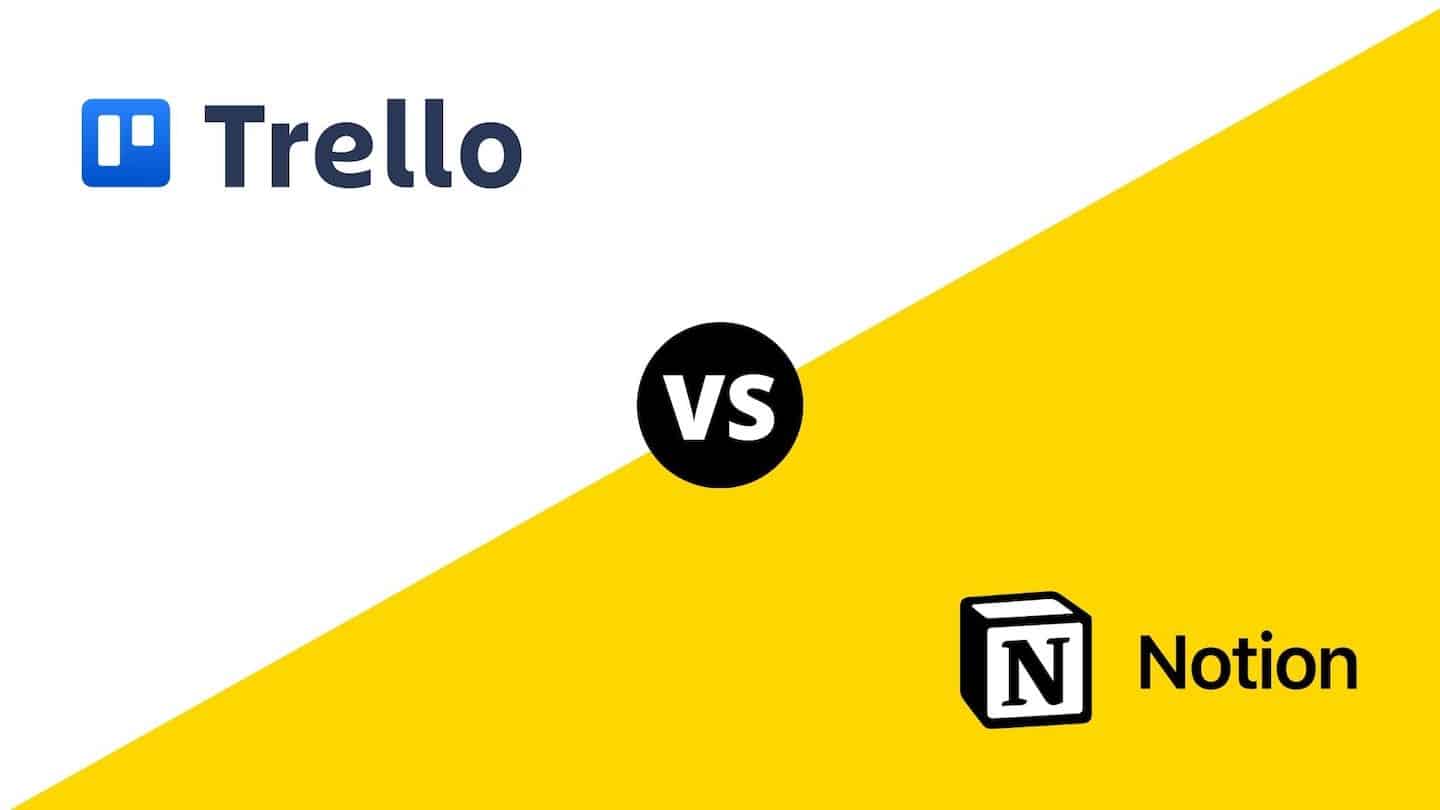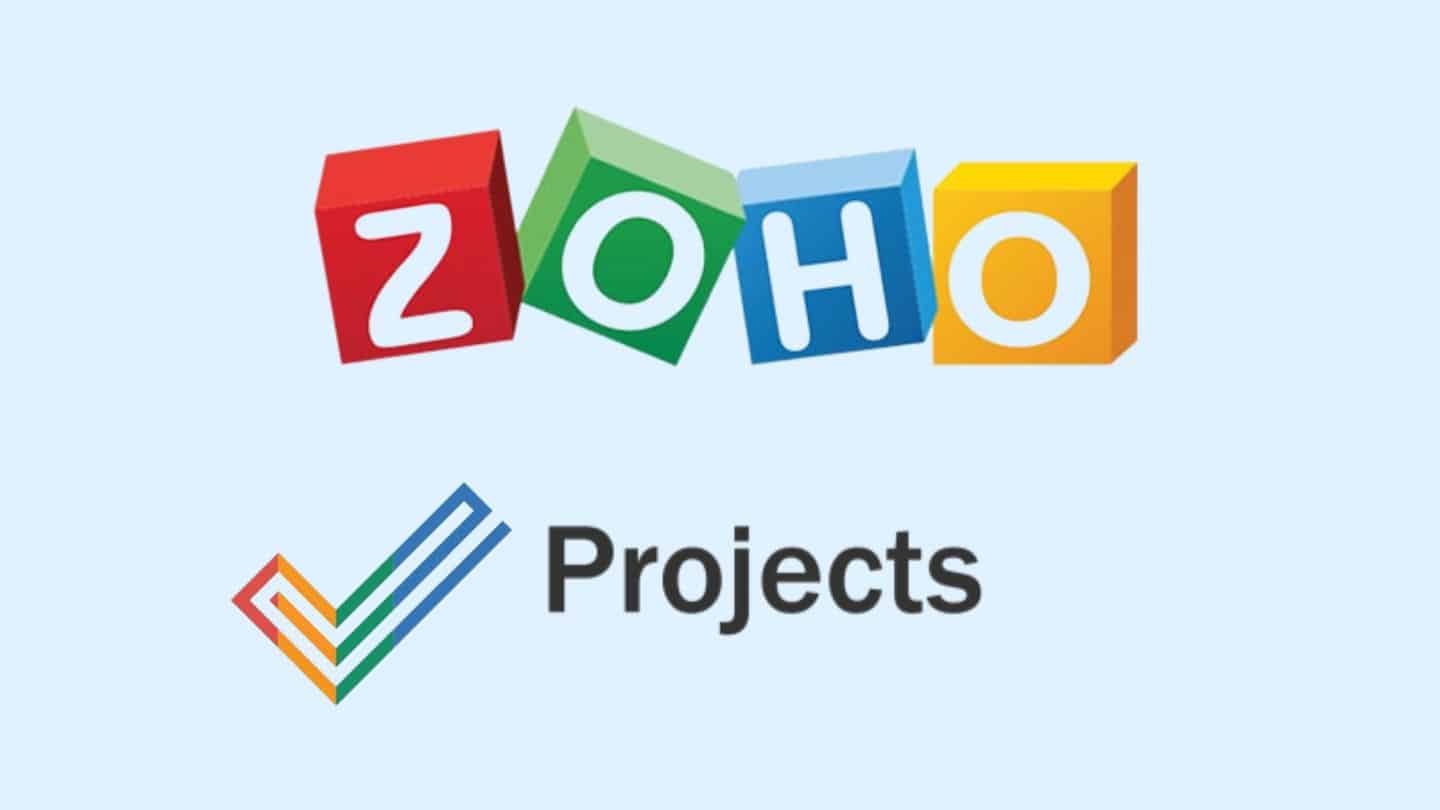While Jira is undeniably a good project management tool, it also has a few limitations.
It’s rather complex to use, not very flexible and rather expensive.
Fortunately, there are many alternatives to Jira.
In this article, we’ve listed the 10 best for you.
👇
Sommaire
5 reasons to look for alternatives to Jira
Jira is undoubtedly one of the best project management tools on the market.
But if you’re reading this, it’s likely that you’re thinking of choosing another software.
At Salesdorado, we like Jira and have already had occasion to use it before switching to Notion.
Jira does have a few limitations. 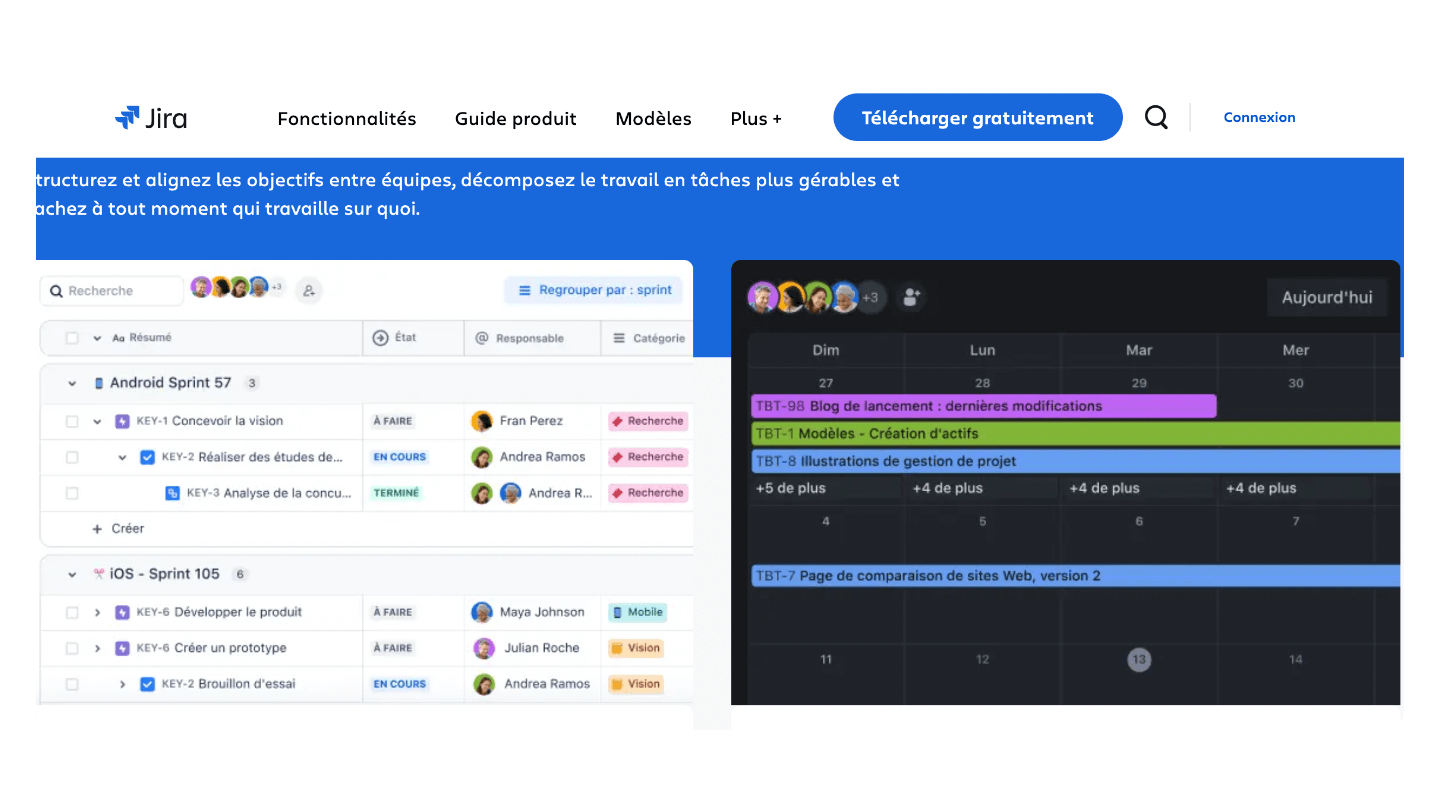
- First of all, Jira is relatively complex to get to grips with compared with other available solutions, especially for novices.
Its interface is not always intuitive and takes some getting used to.
For small teams looking for a simple, quick-to-implement tool, Jira is not necessarily the ideal solution. - The price of Jira can quickly escalate, especially as your team grows.
For smaller structures on a limited budget, there are free or more affordable alternatives that offer similar functionality. - Jira is designed above all for development teams following an Agile methodology.
If your way of working is different, the framework imposed by Jira can be restrictive.
Some tools are more versatile and flexible in their approach. - Customizing Jira often requires technical skills.
Adding fields, creating workflows and setting up automations isn’t easy when you’re not a technophile. - Over time, Jira has accumulated a huge number of features.
It’s a bit of a gas factory, especially for teams who only exploit a fraction of its possibilities.
Jira’s wealth of functionalities also leads to a certain complexity.
Many companies prefer to opt for simpler project management tools such as Trello or Asana.
If these limitations and drawbacks sound familiar, Jira may not be for you.
Here, without further ado, are the 10 best alternatives to Jira.
#1 Notion
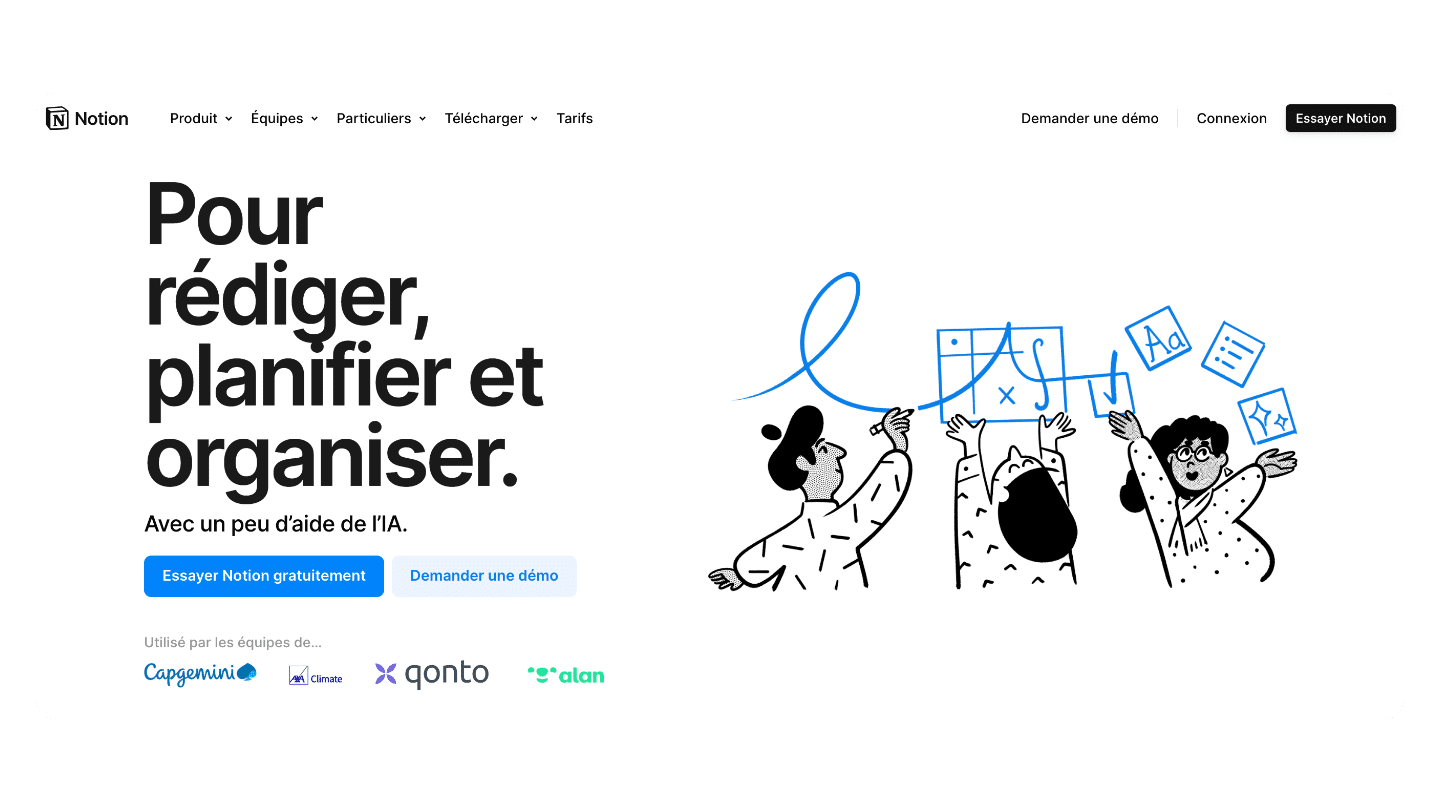
Thanks to its intuitive, uncluttered interface, Notion lets you create a centralized workspace where you can collect all your notes, documents, tasks and databases.
Each page can be customized endlessly using the block system: text, image, table, list, calendar, kanban…
The possibilities are virtually limitless.
Notion’s real strength lies in its flexibility.
Whether you want to manage a simple project, take notes, organize a knowledge base or even create a wiki, Notion really does adapt to all your needs.
Each team member can organize his or her own workspace and easily share it with colleagues.
Notion also offers a number of pre-designed templates to help you get started quickly. How is Notion better than Jira?
- Notion offers great flexibility and the ability to manage a multitude of use cases, whereas Jira remains focused on project management.
- Notion’s learning curve is much faster, thanks to its intuitive interface.
- Notion’s block system lets you create customized pages without the need for technical expertise.
Discover Notion Take advantage of Notion’s free plan to test the tool’s possibilities!
#2 ClickUp
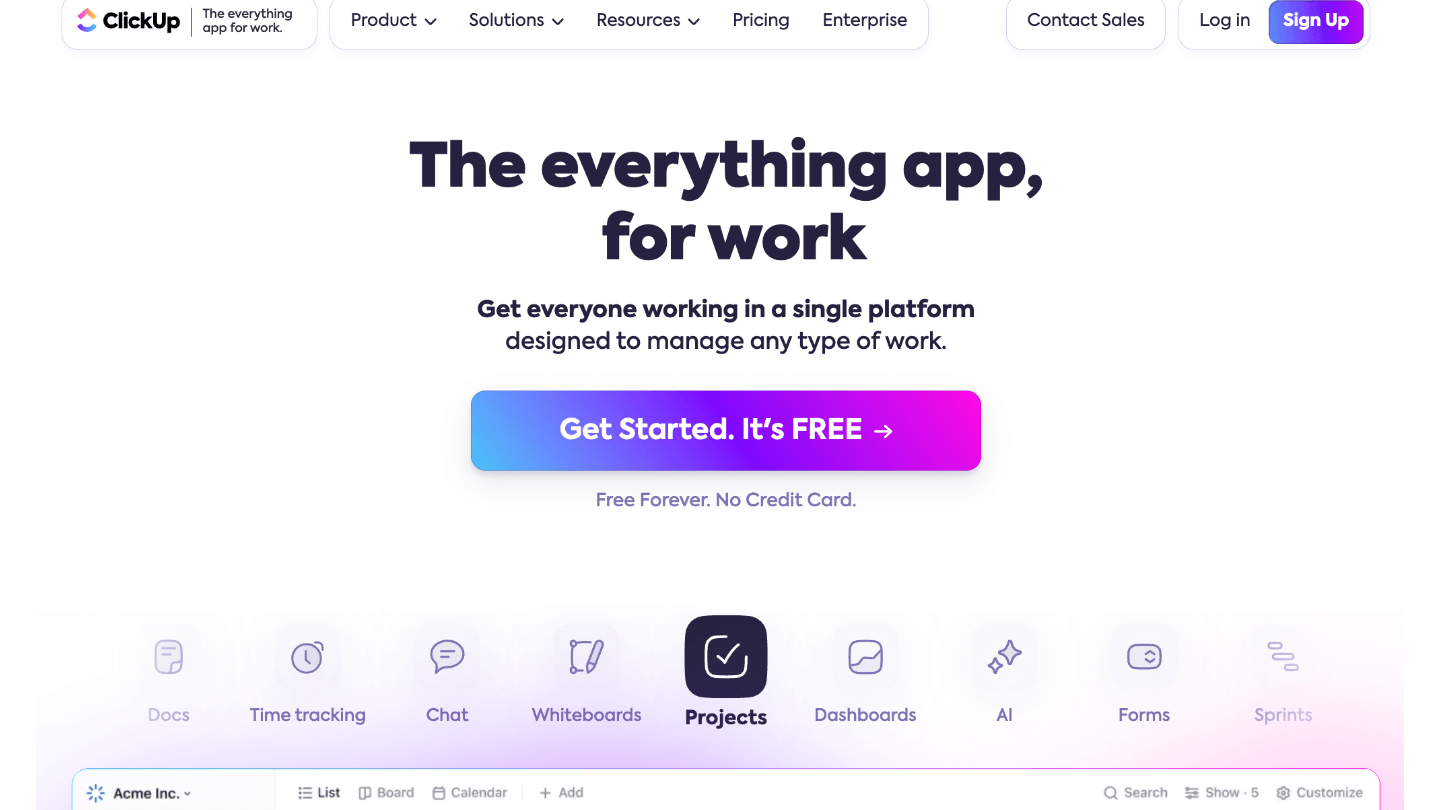
With ClickUp, you can organize your tasks and projects according to different views: list, board, calendar, Gantt chart, mindmap…
Each team member can choose the view that suits them best, and personalize their workspace according to their preferences.
ClickUp also features advanced functionalities that are highly appreciated by project managers, such as task dependency management, custom fields, forms and automations.
This allows you to adapt the tool to your own work methodology and increase productivity.
ClickUp even includes additional features such as a team chat, a collaborative documentation tool and a goal management system. How is ClickUp better than Jira?
- ClickUp offers a multitude of views free of charge, whereas some of them are not available from Jira.
- ClickUp’s interface is more modern and appealing than Jira’s.
Discover ClickUp Discover the possibilities of ClickUp software!
#3 Asana

With its uncluttered, colorful interface, Asana is easy to get to grips with.
The learning curve is very steep indeed.
Each project can be organized into sections and tasks, to which you can add descriptions, comments, attachments and due dates.
Asana makes a point of facilitating team collaboration.
Each member can be assigned to specific tasks, mentioned in comments and receive personalized notifications.
The tool also features a handy recurring task management function, ideal for regular activities such as meetings or reports.
Finally, Asana offers a host of integrations with third-party tools such as Slack, Google Drive or Dropbox. What makes Asana better than Jira?
- Asana is quicker and easier to set up than Jira.
- Asana’s interface is more accessible and less technical than Jira’s.
- Recurring task management is more comprehensive and practical in Asana.
Discover Asana Try out the free version of Asana and make up your own mind about this project management tool.
#4 Monday.com
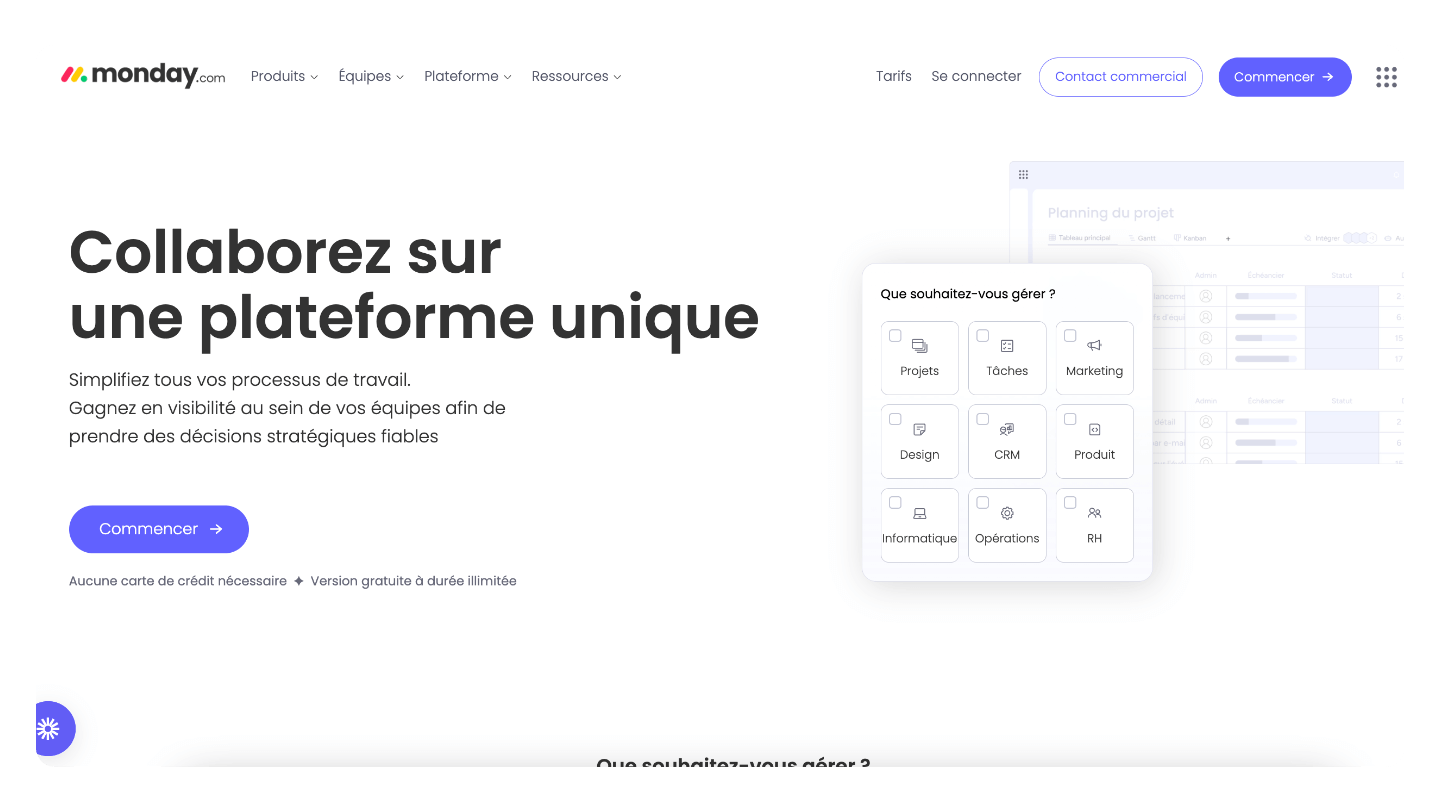
With its colorful, customizable interface, Monday.com lets you create tables tailored to each project, where you can organize your tasks, assign responsibilities, define deadlines and track progress in real time.
Each task can be enriched with additional information such as descriptions, comments, attachments or dependencies.
Monday is a highly flexible tool.
You can create customized views to visualize your projects from different angles: timeline, calendar, kanban, graph…
The tool offers a multitude of ready-to-use templates for different use cases, such as marketing project management, sales tracking or resource planning.
Monday.com also integrates complementary functionalities such as forms, automations and integrations with third-party tools. What makes Monday.com better than Jira?
- The Monday.com interface is more colorful, intuitive and pleasant to use than that of Jira.
- Monday.com offers a wide range of models for different uses.
- Monday.com offers additional functionalities (forms, automation, etc.) that are not natively present in Jira.
Discover Monday Discover all the features of Monday!
#5 Trello
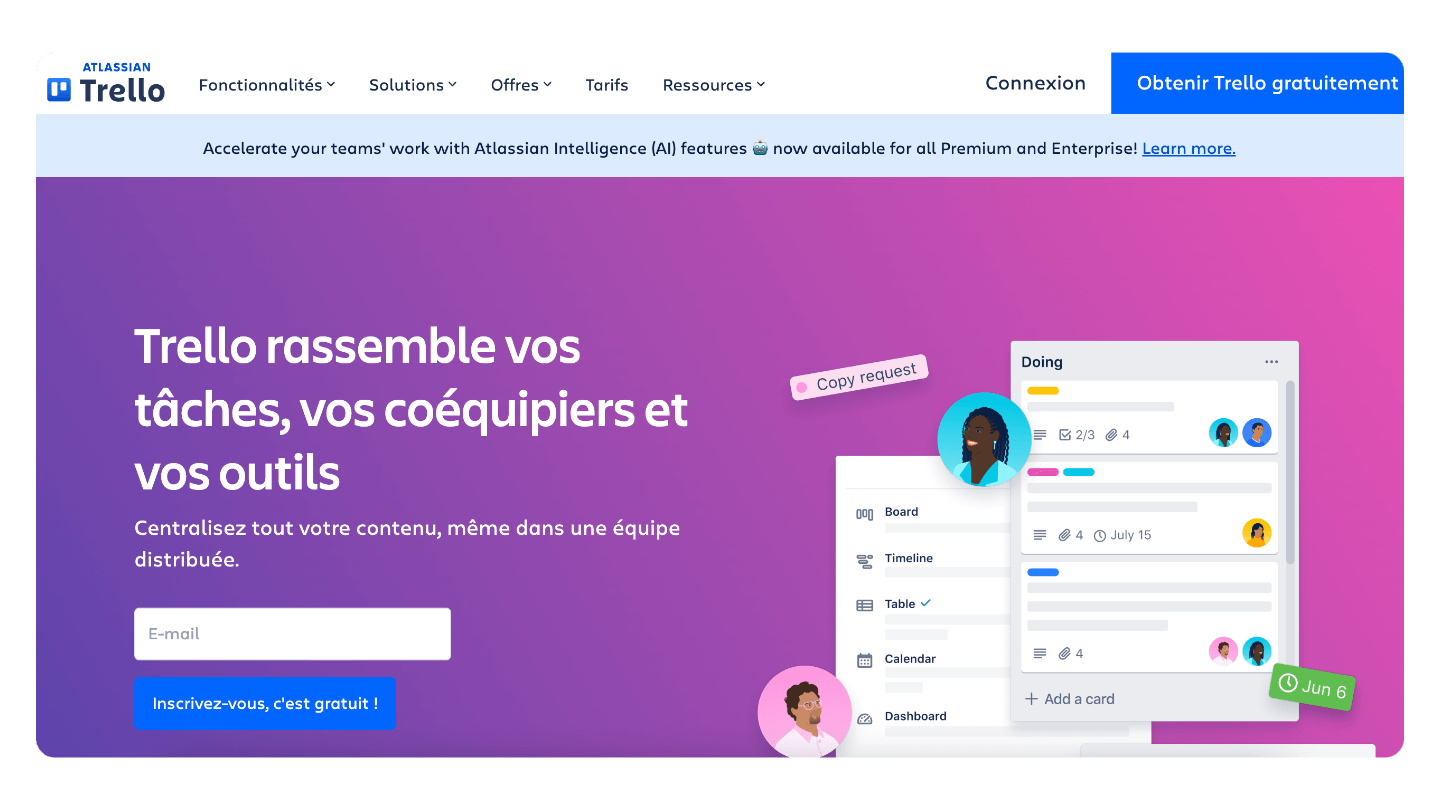
It is particularly appreciated for its simplicity and visual interface.
With Trello, you can create boards for each project, made up of lists and cards.
Each card represents a task and can be moved from one list to another to indicate its progress.
You can add members to your board, assign tasks to them, set due dates and add labels to categorize your cards.
Trello’s strength lies in its minimalist, uncluttered approach.
The drag-and-drop interface is highly intuitive and requires no prior training.
It’s an ideal tool for teams looking for a simple solution to manage their projects and visualize task progress.
Trello also offers a wide range of “Power-Ups”, extensions that allow you to add functionality to your boards, such as a calendar, a voicer or integrations with third-party tools. How is Trello better than Jira?
- Trello is much simpler and more intuitive to use than Jira, making it accessible to everyone.
- The Kanban methodology is at the heart of Trello, making it an ideal choice for teams who are adept at this approach.
- Trello is free for most functions, unlike Jira.
Discover Trello Take advantage of Trello’s free plan to test the tool’s possibilities!
#6 Wrike
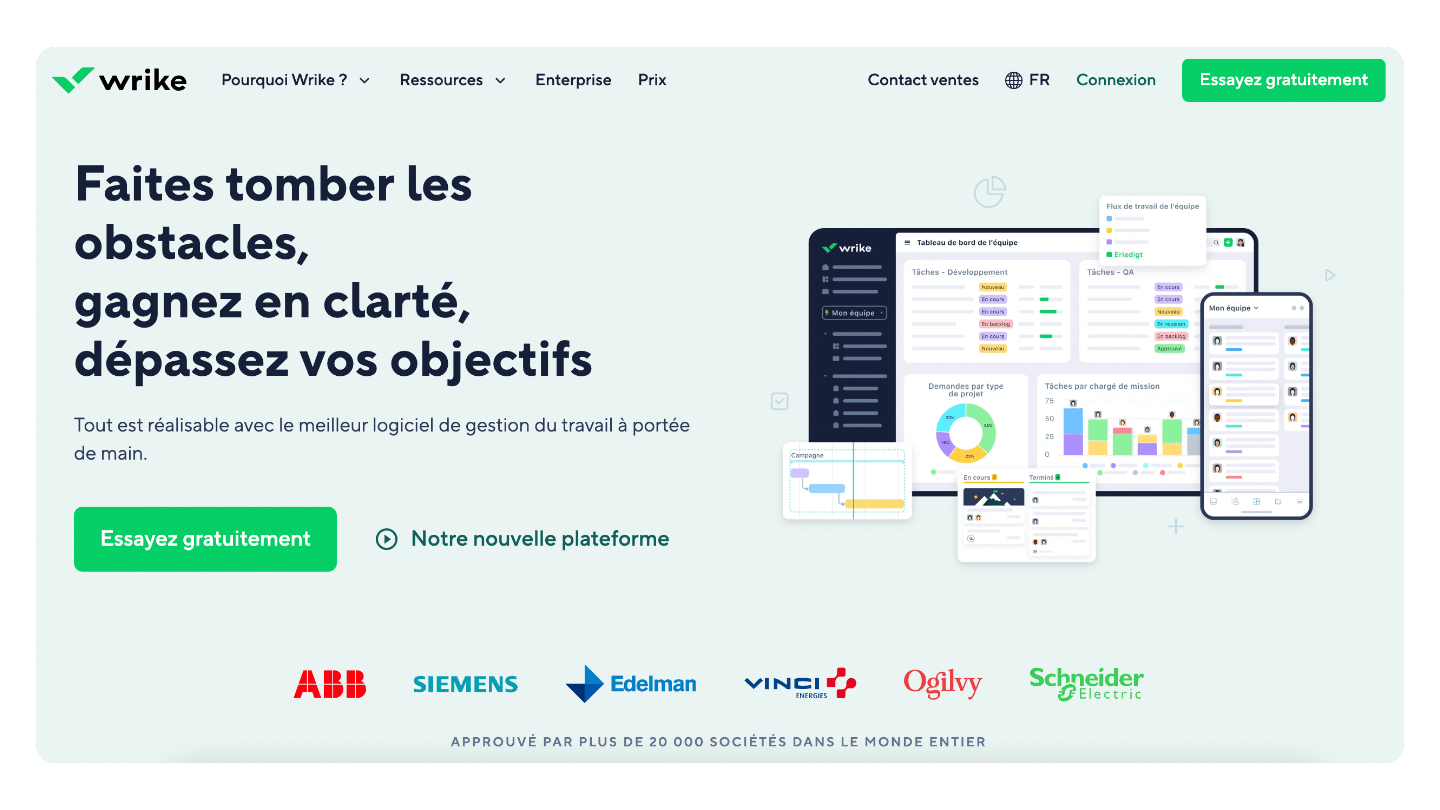
Wrike lets you manage complex projects from start to finish.
You can create tasks and sub-tasks, assign them to team members, set deadlines and milestones, and add files and comments.
Wrike also offers a comprehensive Gantt chart view for planning and tracking the progress of your projects.
Wrike is very good at managing workflows and authorizations.
You can define personalized validation processes for each task, and give specific access to each team member according to their role.
Wrike also boasts advanced reporting and analytics capabilities, with customizable dashboards and pre-configured reports.
The tool integrates very well with third-party tools, including CRMs such as Salesforce. What makes Wrike better than Jira?
- Wrike offers advanced workflow and authorization management, more comprehensive than Jira.
- Wrike’s reporting and analytics features are more advanced and customizable than those of Jira.
- Wrike offers numerous integrations with enterprise tools, making it easy to adopt within an existing ecosystem.
Discover Wrike Take advantage of Wrike’s free plan to test the tool’s capabilities!
#7 Microsoft Planner
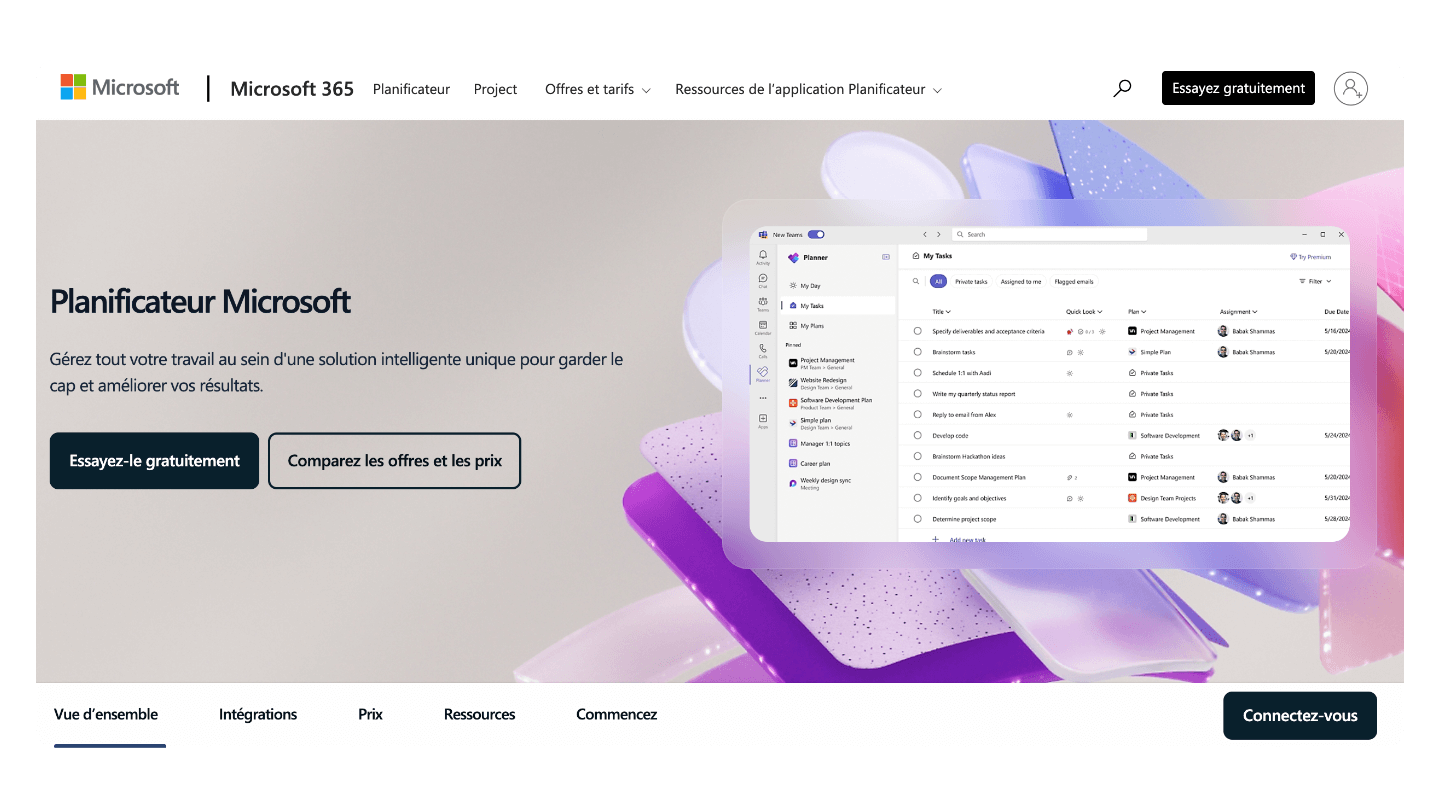
Microsoft Planner is the new version of the project management tool developed by Microsoft.
Formerly known as Microsoft Project, it has been renamed and redesigned to offer a unified, simplified experience, while retaining its advanced functionalities.
Microsoft Planner brings together the simplicity of Microsoft To Do, the collaboration of Planner, the power of Microsoft Project and the intelligence of Microsoft Copilot in a single solution.
It is designed to meet project management needs of all sizes, from individual tasks to complex corporate projects.
With its intuitive interface, Microsoft Planner lets you create plans, organize and assign tasks, and define deadlines and milestones.
Timeline (Gantt) views and advanced features such as task dependencies, resource management and customizable reports are appreciated by project managers.
Microsoft Planner is also tightly integrated with other tools in the Microsoft 365 suite, such as Teams for collaboration, Power BI for data analysis and Dynamics 365 for project portfolio management.
The Copilot intelligent assistant, based on generative AI, helps automate planning, set objectives and track progress.
In short, this is a truly comprehensive tool that should shake up the game of project management tools in the coming months.
How is Microsoft Planner better than Jira?
- Microsoft Planner offers a unified experience combining simple task management and complex project management.
- Native integration with other Microsoft 365 tools is a big advantage for companies already using this ecosystem.
- The Copilot AI assistant brings advanced automation and insight functionalities never before available in Jira.
- The learning curve is more gradual, facilitating adoption within teams.
Discover Microsoft Planner Discover the many features of Microsoft Planner, the ideal tool for those who use the Microsoft ecosystem.
#8 Taiga
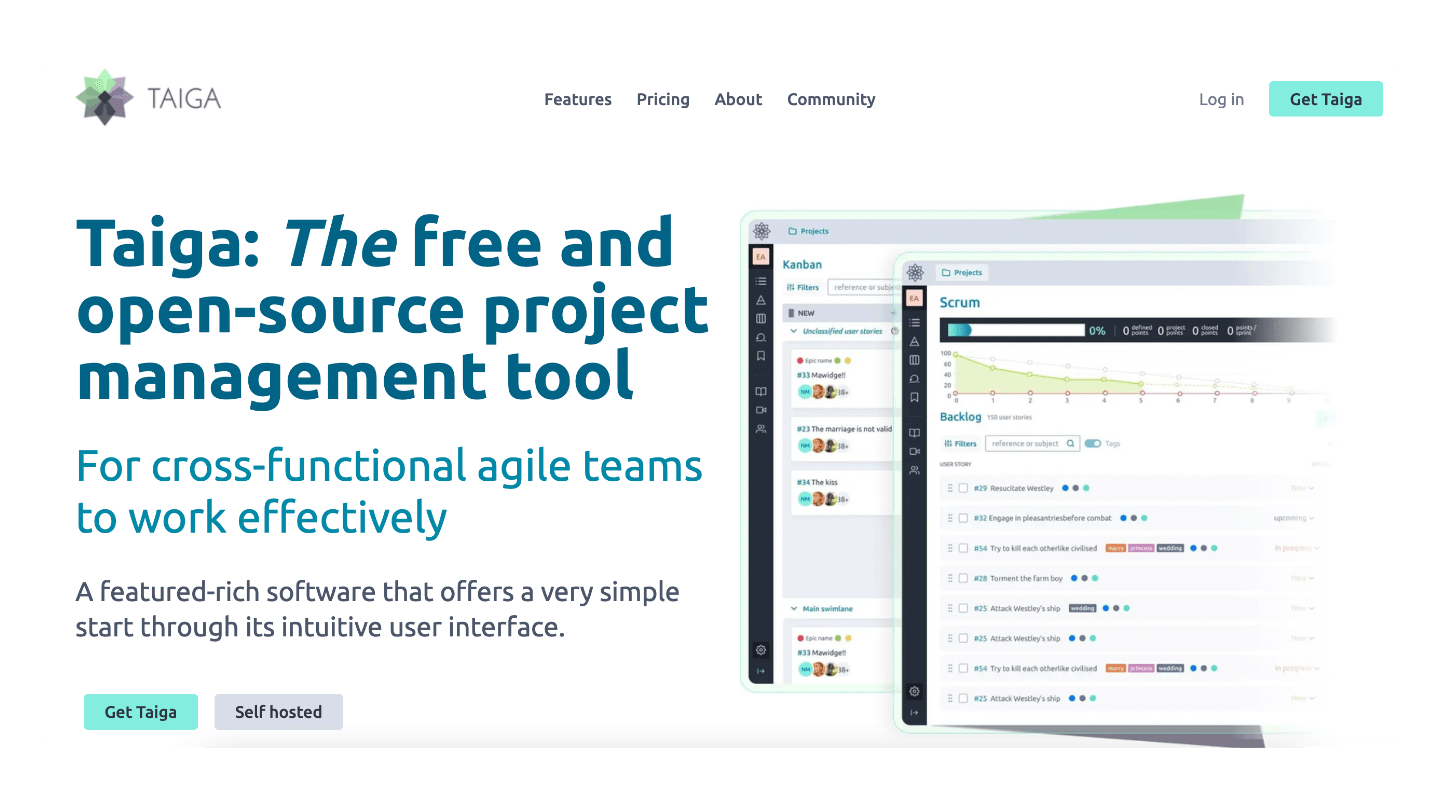
It’s an open source project management platform designed primarily for development teams.
With its streamlined interface and features centered on Scrum and Kanban methodologies, Taiga is positioned as a lightweight, flexible alternative to Jira.
The tool lets you create projects, define user stories, tasks and sprints, and track their progress through various views: backlog, kanban, task list, burndown chart… Each team member can interact on tickets by adding comments, attachments or mentions.
Although open source, Taiga is a simple, flexible tool.
Taiga’s minimalist interface makes it easy to get to grips with, even for those new to Agile methodologies.
The platform is also highly customizable: you can adapt fields, statuses and roles to your own workflows.
Taiga also offers complementary modules, such as a wiki for documentation, a test manager and an integrated videoconferencing tool.
Finally, as an open source solution, Taiga can be installed on your own server for total data control. How is Taiga better than Jira?
- Taiga’s interface is simpler and more streamlined than Jira’s, making it easier for teams to adopt.
- Taiga’s configuration is more flexible and adaptable to the specific workflows of each team.
- As an open source solution, Taiga offers more control and customization than Jira.
Discover Taiga Test this open source project management software.
#9 Basecamp
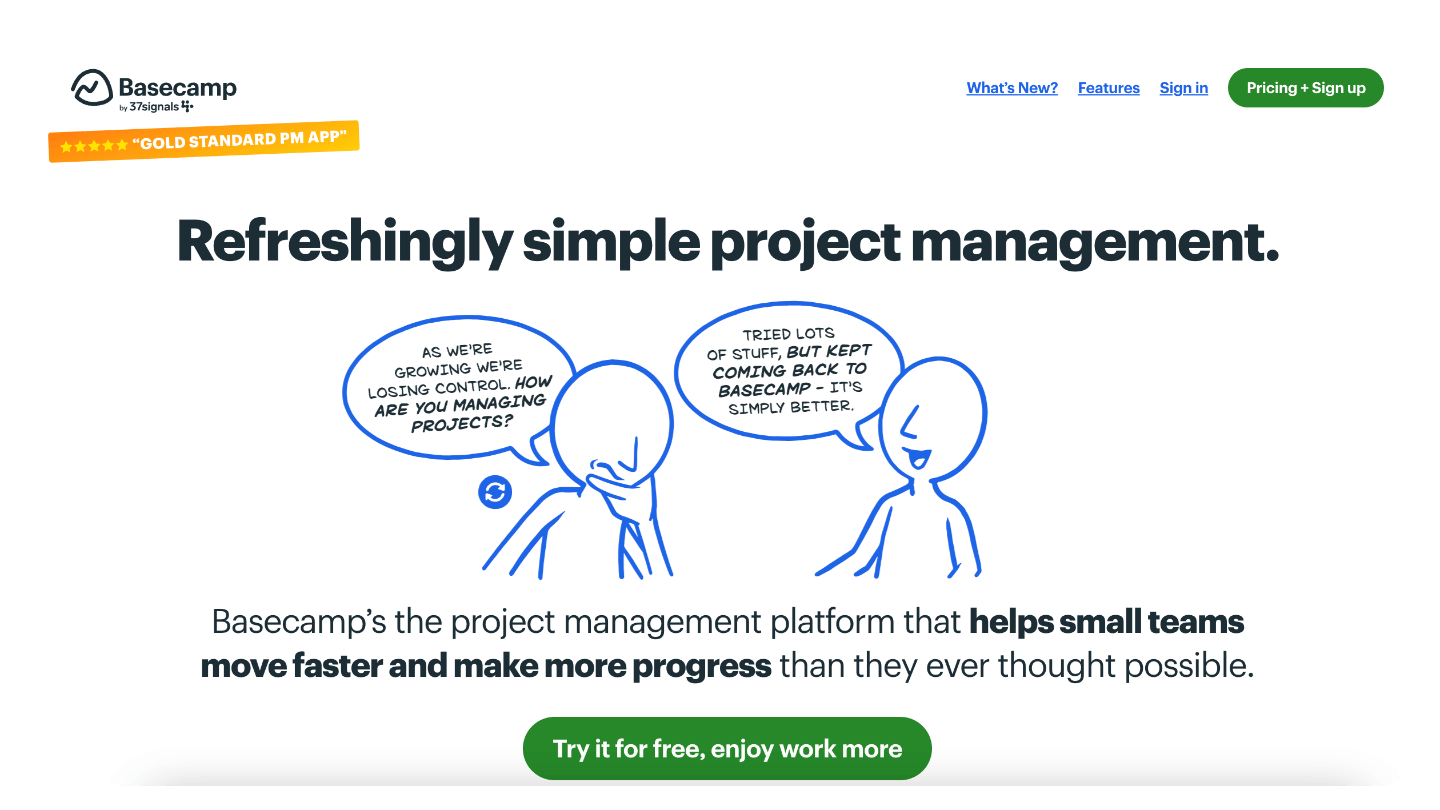
More than a simple task-tracking tool, Basecamp is positioned as a unique workspace where teams can organize their projects, share files and exchange information seamlessly.
For each project, you have a centralized dashboard with a view of upcoming tasks, deadlines, recent files and ongoing discussions.
Team members can interact directly on tasks by adding comments, documents or checklists.
Basecamp brings together all the tools needed to keep a project running smoothly.
In addition to shared tasks and files, Basecamp integrates a discussion forum for asynchronous exchanges, a messaging system for private conversations, a shared calendar for important events and even collaborative documents for content co-creation.
This all-in-one approach centralizes communication and reduces the need for third-party tools.
Basecamp focuses on simplicity, with a streamlined interface, deliberately limited functionalities and a single price, regardless of the number of users. How is Basecamp better than Jira?
- Basecamp offers a unified workspace with all communication tools integrated, simplifying exchanges.
- Basecamp’s interface is simpler and more user-friendly than Jira’s, making it easier to adopt.
- Basecamp’s flat-rate pricing is more advantageous for larger teams than Jira’s per-user pricing.
Discover Basecamp Discover the possibilities of Basecamp!
#10 Shortcut

Created by developers to meet their own needs, Shortcut is designed to be more flexible and adapted to the workflows of technical teams than traditional tools such as Jira.
With Shortcut, you can manage your entire development process: stories, tasks, bugs, requests, tests… Each item can be prioritized, assigned, commented and linked to a code branch or pull request.
One of Shortcut’s key advantages is its extensive integration with development tools.
The platform offers native integrations with over 50 services such as GitHub, GitLab, Bitbucket, Slack, PagerDuty or Figma.
You can synchronize your tasks with your commits, deployments and incidents for a unified view of your project.
Shortcut also supports Scrum and Kanban methodologies with dedicated views (backlog, iterations, kanban, burndown…), user stories, custom fields and workflow automations.
Finally, the tool offers a powerful API and a robust infrastructure for large teams. How is Shortcut better than Jira?
- Shortcut offers more advanced, native integrations with popular development tools.
- Shortcut’s configuration is more flexible and adapted to agile development workflows.
- Shortcut’s advanced API enables finer customization and greater extensibility than Jira’s.
Discover Shortcut Test Shortcup for yourself and make up your own mind!


